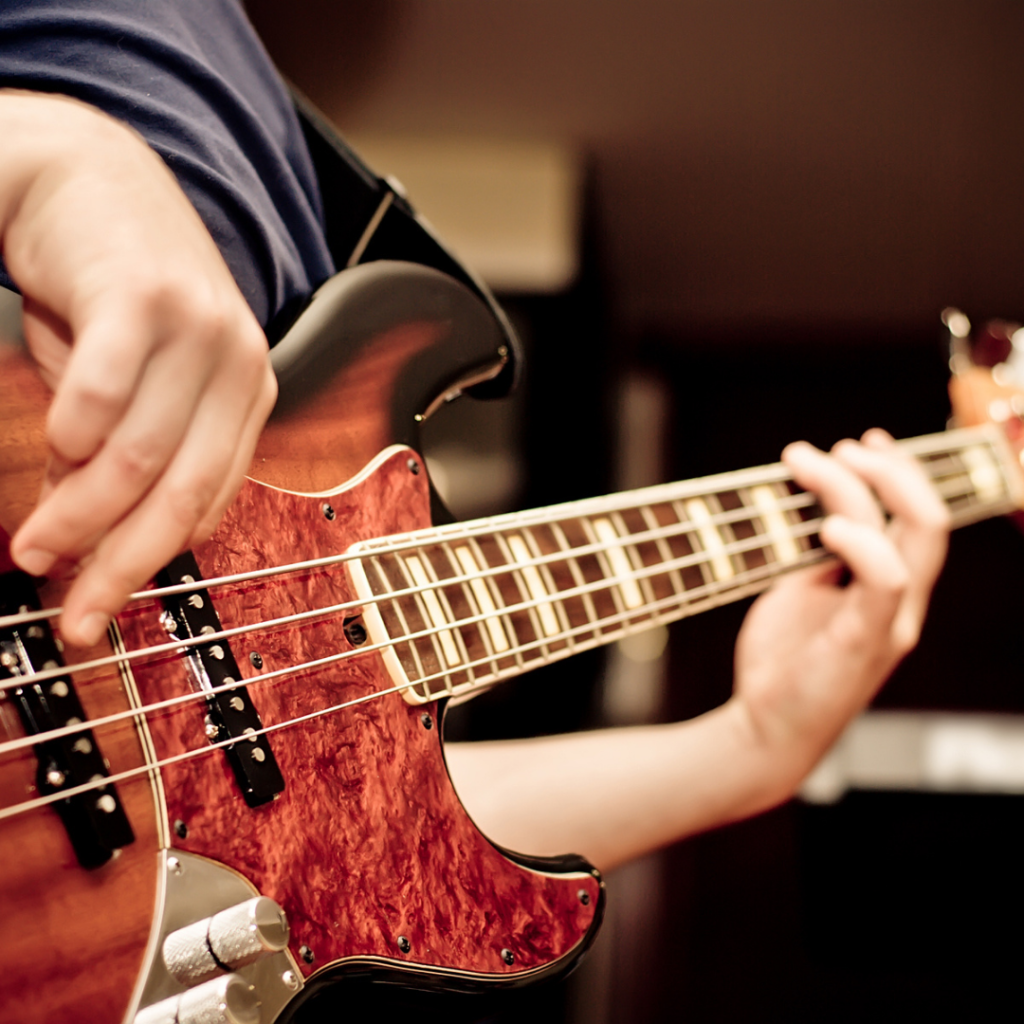
SCHOOLS PROGRAM
Band Program Instruments
If you need help deciding which instrument what would be the right choice for your child, you’ve come to the right spot. Below is a list of instruments that are available to students who join the Schools Program with some information about each to help you decide.
It is recommended that your child choose a couple of options as it may not always be possible for us to give your child their first choice. If you are unsure on what to choose, please contact us for more advice as we would be more than happy to guide you towards the right instrument choice for your child.
FLUTE
The flute is part of the woodwind family and is the smallest and highest pitched instrument in the school band. The sound is produced by blowing across the mouthpiece, a bit like blowing across the top of a bottle.
The flute has a beautiful, melodic sound but does require patience to get started and may take beginners a couple of weeks before a good clear sound is produced. Once this is achieved, students will really enjoy playing this lovely melodic instrument in the band.
CLARINET
The clarinet is part of the woodwind family of instruments and has a large range of notes covering both low and high parts in the band. The sound is produced by blowing against a reed (a small piece of cane) which is attached to the mouthpiece.
The vibrations of the reed produce the sound and most students are able to get an initial sound out of their instrument fairly quickly. The clarinet is held vertically and students need to be able to reach and cover the tone holes with their fingers but unless particularly small, most students can manage this.
SAXOPHONE
The saxophone is also part of the woodwind family, alongside the clarinet and the flute, and like the clarinet uses a reed to produce the sound. It has a big strong sound that is popular amongst students and which helps to fill out the middle sections of the band.
The saxophone is bigger and heavier than the clarinet and a neck strap is used to support the weight of the instrument while playing so it would be more suitable to those students who are able to manage the extra weight.
Students also need to be able to reach their hand around the instrument so the saxophone would not be suitable for those students with particularly small hands. Beginner students start with the Alto Saxophone and some students then move on to either the bigger Tenor or Baritone Saxophones once in Concert Band
TRUMPET
The trumpet is part of the brass family of instruments and is the smallest and highest pitched member of this section of the band. It is a small, compact instrument that is fairly light so suitable for most students to play.
The sound is created by “buzzing” the lips into the mouthpiece which produces a strong “brassy” sound that is easily identifiable and often used for the melody line.
TROMBONE
The trombone is part of the lower end of the brass family and is different to all the other instruments in that there are no keys or tones holes used to produce the notes.
The trombone uses a slide instead and requires a good ear for music. It is a fairly large instrument and does require the student to have long enough arms in order to extend the slide to its full length when needed, although most average sized students are able to manage this.
The trombone supports the melodic instruments in the band by usually playing the bass part and has a strong full sound that helps to balance the band.
EUPHONIUM/BARITONE
The Euphonium or Baritone Horn is the lowest pitched of all the band instruments and is an essential part of the band, helping to keep the sound balanced and well rounded.
It is one of the bigger instruments in the band and like all the brass instruments the sound is produced by “buzzing” the lips into the mouthpiece. The Euphonium/Baritone Horn has valves like the trumpet and is responsible for maintaining the all-important bass line, essential for a well-balanced band.
Students who start out on the Euphonium or Baritone are then able to later move on to the much bigger Tuba where there is one is available.
FRENCH HORN
The French Horn is a member of the brass family, and has a beautiful mellow sound. The French horn is slightly different to other brass instruments in that the bell points behind the player, and the player places one hand inside the bell.
The horn plays in the middle range of instruments, and blends beautifully with other instruments, as well as often playing heroic melodies.
The French Horn is a slightly harder instrument to begin learning, but the horn’s beautiful sound is worth the effort!
TUBA
The tuba is the largest and lowest member of the brass family that we have in our school bands. It is similar to the baritone/euphonium but much larger and most commonly played by older students in the Concert Band who have perhaps started off with the baritone or euphonium in the Training Band.
It is a very low sounding instrument that is responsible for the all important bass line and like all brass instruments, the sound is produced by “buzzing” the lips into the mouthpiece.
Where there is a tuba available, it is an excellent addition to any band and students who are learning baritone or euphonium are encouraged to consider taking on the tuba once they are old enough to manage it.
PERCUSSION/DRUMS
The rhythm section in any band is extremely important and learning percussion is suited to students who have a good feel for music and good natural rhythm. There are limited positions available for percussion students as it is not possible to have more than one or two drum students in each band, so students are strongly encouraged to also pick a second instrument in case their first choice is not available.
Students who are interested in learning drums will need to ensure they have access to their own drum kit at home as these are not available for hire and students need access to a full kit for practice at home in between lessons.

BASS GUITAR
While we are unable to take acoustic guitar students in the school band, it is possible for students to participate on bass guitar.
Like the percussion students, we can only take one or two students on bass guitar per band, so if your child is interested in learning this instrument, please ensure they also have a second choice instrument in case the position on Bass Guitar has already been filled. Students learning bass guitar will also need to have access to their own instrument as these are not available for hire.
If your child is interested in this, please contact us first as arrangements for bass guitar lessons in the Schools Program is different to the other band instruments and will need to be discussed with us before making a decision.


